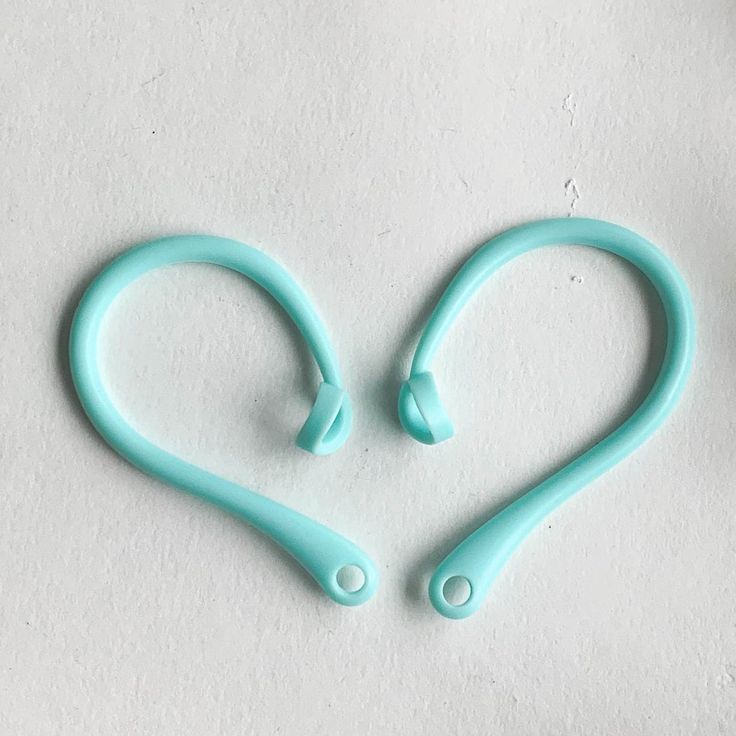Wireless chargers offer a convenient way to juice up your phone without fumbling with cables. This guide will walk you through everything you need to know about using a wireless charger.
Understanding Wireless Charging Technology
Wireless chargers use a technology called inductive charging. A charging pad contains a coil of wire that generates a magnetic field. When your phone (with built-in wireless charging capability) comes into contact with the pad, another coil in your phone picks up the magnetic field and converts it into electricity, charging your phone’s battery.
Before You Charge: Checking Compatibility
Wireless charging isn’t magic – it only works with devices designed for it. Here’s how to check:
-
Consult your phone’s user manual: Most user manuals clearly state whether the phone supports wireless charging.
-
Look for the Qi symbol: Qi (pronounced “chee”) is a common wireless charging standard. If your phone has the Qi symbol on the back or in the user manual, it’s good to go!
Tip: If you’re unsure about your phone’s compatibility, search online for your specific phone model and “wireless charging.”
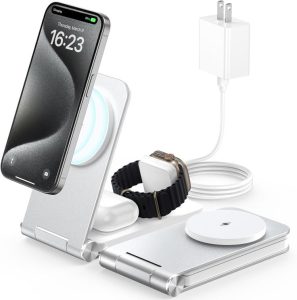
Setting Up Your Wireless Charger
Wireless charger setup is generally simple. Here’s a basic overview:
-
Plug in the charger: Most wireless chargers come with a power adapter that plugs into a wall outlet.
-
Place your phone on the charging pad: The charging pad will usually have a designated spot for optimal charging. Consult the user manual if unsure.
-
Monitor your phone’s charging indicator: Once your phone is properly aligned, you should see a charging indicator on your phone’s screen.
Wireless Charging Tips:
-
Keep it clear: Avoid placing metal objects or cases with metal components between your phone and the charging pad, as this can disrupt charging.
-
Case it right: Some thicker cases might hinder charging. If you experience issues, try removing your case while charging.
-
Alignment is key: Ensure your phone is centered on the charging pad for optimal charging efficiency.
Beyond the Basics: Features of Wireless Chargers
Wireless chargers come in various styles and offer different features. Here are some to consider:
-
Stand design: Some chargers incorporate a stand, allowing you to view your phone upright while charging. This is useful for watching videos or following recipes while your phone charges.
-
Fast charging: Certain chargers and phones support fast wireless charging, which can significantly reduce charging time.
-
Multiple device charging: Some advanced chargers can wirelessly charge multiple devices simultaneously.
Safety Considerations with Wireless Charging
Wireless charging is generally safe. However, here are some safety precautions to keep in mind:
-
Use certified chargers: Opt for wireless chargers that are certified to meet safety standards.
-
Avoid extreme temperatures: Don’t leave your phone charging on a wireless charger in excessively hot or cold environments.
-
Remove your phone for extended use: While wireless charging is convenient, avoid keeping your phone on the charger for extended periods while actively using it, as this can generate heat.
By following these tips, you can safely and effectively use your wireless charger to keep your phone powered up.
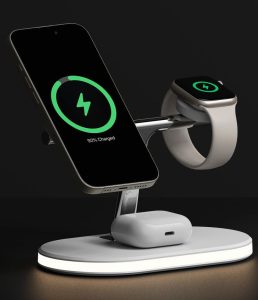
The Convenience of Wireless Charging: Different Charger Types
Wireless chargers come in a variety of styles, offering features that suit different needs. Here’s a look at some popular options:
-
Charging Pads: These are the most basic type of wireless charger. They offer a flat surface to place your phone on for charging.
-
Charging Stands: These chargers incorporate a stand, allowing you to prop your phone upright while it charges. This is ideal for watching videos or video calls.
-
Multi-Device Chargers: If you have multiple wireless charging-enabled devices, these chargers can power up several devices simultaneously.
-
Car Chargers: These wireless chargers mount in your car, allowing you to charge your phone on the go. Remember: Always prioritize safe driving practices and avoid using your phone while operating a vehicle.
Choosing the Right Charger: Consider your needs and preferences when selecting a wireless charger.
-
Think about where you’ll use it most: If you plan on using it on your desk, a charging stand might be ideal. If portability is key, a charging pad might be sufficient.
-
Do you need multiple device charging? If you have other wireless charging devices like earbuds, a multi-device charger might be convenient.
-
Fast charging compatibility: If your phone supports fast wireless charging and speed is a priority, ensure the charger you choose is compatible with fast charging.
By considering these factors, you can select a wireless charger that enhances your mobile experience.
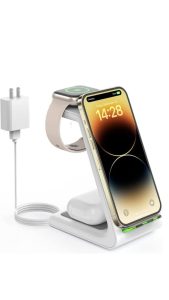
Maximizing Efficiency with Wireless Charging
Wireless chargers offer a convenient way to power your phone, but there are ways to optimize their efficiency. Here are some tips:
-
Power Up Before Bed: Plug in your wireless charger before bed and place your phone on it before you drift off to sleep. This ensures your phone is fully charged when you wake up without needing to fumble with cables in the morning.
-
Charge During Downtime: Take advantage of downtime throughout the day to top up your phone’s battery. If you’re working at a desk or relaxing on the couch, place your phone on the charging pad whenever you have a spare moment. Short charging bursts can help maintain a full battery throughout the day.
-
Airplane Mode for the Win: When your phone is charging wirelessly, enabling Airplane Mode can optimize charging speed. Airplane Mode turns off functions like Bluetooth and Wi-Fi that can consume battery power in the background, even while charging.
-
Keep it Cool: Wireless charging can generate some heat, especially during fast charging. Avoid placing your phone on the charging pad in direct sunlight or hot environments. If your phone feels warm to the touch while charging, consider removing it from the charger for a while.
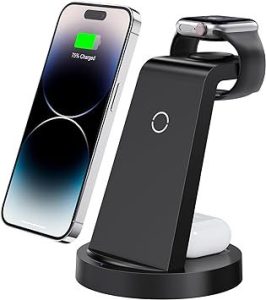
By following these tips, you can get the most out of your wireless charger and keep your phone powered up efficiently.
While wireless charging is convenient, it’s important to practice good battery health habits to extend the lifespan of your phone’s battery. Here are some general recommendations:
-
Avoid extreme temperatures: Just like with wireless charging, extreme hot or cold temperatures can damage your phone’s battery over time. Don’t leave your phone in direct sunlight for extended periods, and avoid using it in very cold environments.
-
Don’t let it die completely: Repeatedly draining your phone’s battery to zero can reduce its overall capacity. Try to keep your battery level above 20% whenever possible.








